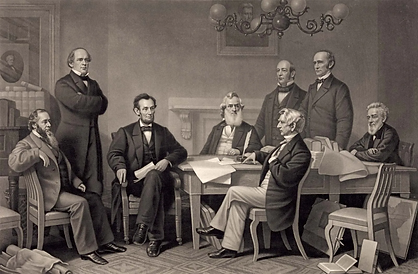
The holiday gets its name from June 19, 1865. That’s the day the Union army arrived in Galveston, Texas, to announce that all African-American slaves in the state were free in accordance with President Abraham Lincoln’s Emancipation Proclamation. The state was the last in the Confederacy to receive word that the Civil War was over and that slavery had been abolished, and the last where the federal Army established its authority.
As early as 1866, freed African Americans in Texas held a celebration on the date to commemorate the end of slavery. As Black families emigrated from the southern U.S. after the Great Depression, observance spread throughout the country. In 1968, shortly after Martin Luther King Jr.’s assassination, his Poor People’s Campaign held a Juneteenth Solidarity Day, giving the holiday a new prominence in the civil rights movement.
In 1980, the Texas legislature made it an official state holiday. Currently, 46 states and the District of Columbia mark the occasion as a holiday or a day of observation. But the holiday was still little known enough in 2017 outside the Black community that the television show “Black-ish” could build an episode around how few of the show’s White characters had heard of it.
The dThe

Emancipation Proclamation, first reading
The first reading of the Emancipation Proclamation, engraving by A.H. Ritchie, 1866. Seated from left to right: Secretary of War Edwin M. Stanton, Pres. Abraham Lincoln, Secretary of the Navy Gideon Welles, Secretary of State William H. Seward, and Attorney General Edward Bates. Standing from left to right: Secretary of the Treasury Salmon P. Chase, Secretary of the Interior Caleb B. Smith, and Postmaster General Montgomery Blair.












